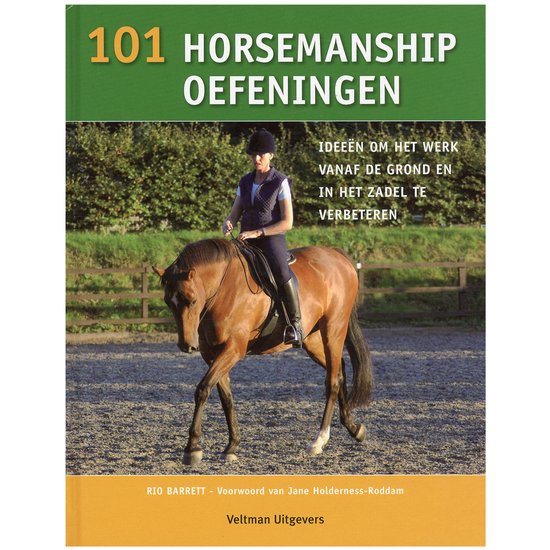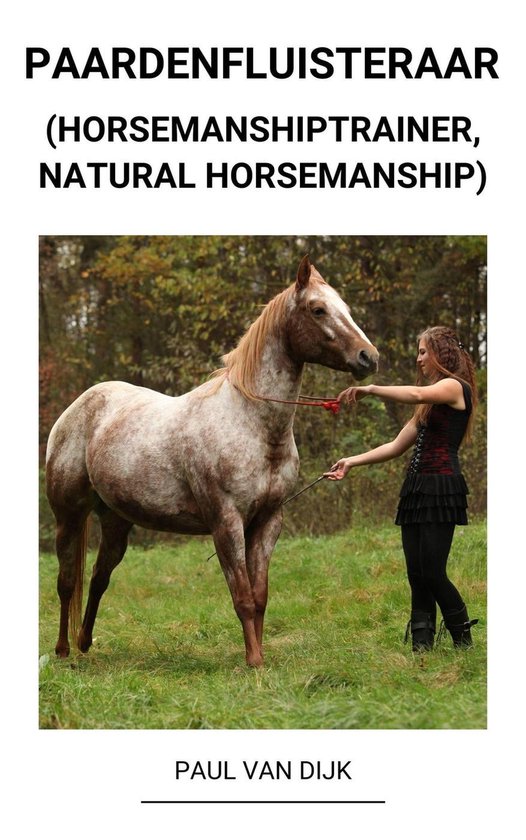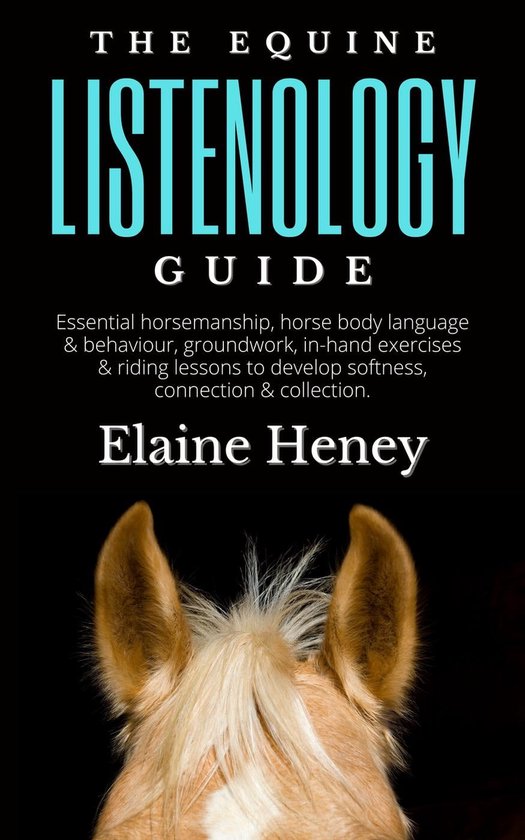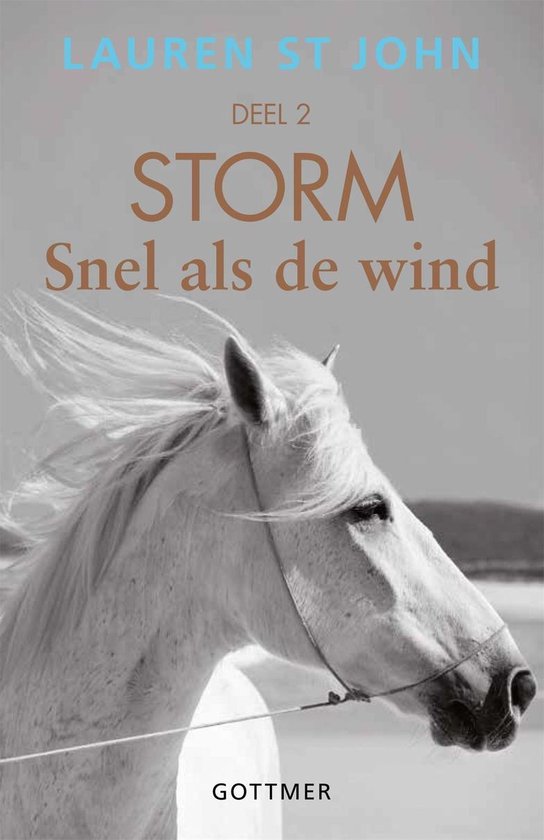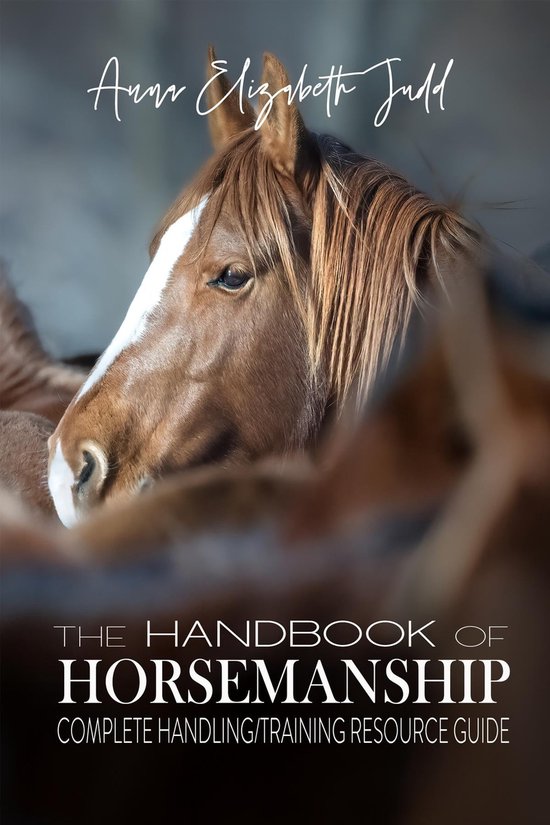
The Handbook of Horsemanship
"In any question of wisdom or prudence which the king put to them, he found them ten times better than all the magicians and enchanters in his kingdom." Daniel 1; 20:
My goal in writing the best-selling book, "The Handbook of Horsemanship" is to help anyone who reads the book to become a better horseman and to understand that training a horse is better done by using patience and perfection, not abuse.
Horsemen are exposed to the inclement weather; hot summer heat, stinging sweat in the eyes, and spring mud up to the knees winter. Not to mention, breaking the ice on the water pails, snow falling, and ice storms. But these inconveniences pale compared to the spiritual enlightenment received spending every day with a horse.
Competent trainers have passion in their hearts for horses. Horsemanship is learned in a multitude of fashions, but guidance from an Equestrian Professional is the key to success. For example, I have had the privilege of being instructed by two world hall of fame trainers: Pete Kyle and Lighting Leonard Moore. They taught me the art of patience and perfection, two things that are a constant struggle when handling horses. Below is a literary reference that has given me insight when handling a horse.
In my vast years of training, there was one characteristic that remained consistent with horses, either young or old. Equus is a herd animal, therefore the fight-or-flight instinct is the basis for survival. Training must follow the patterns of natural instincts. When the lessons stray, abuse becomes the foundation. Even though man domesticated Equus around 4000 B.C., there are sixty million years of evolution. Predispositions do not fade overnight.
| Auteur | | Anna Elizabeth Judd |
| Taal | | Engels |
| Type | | E-book |
| Categorie | | Literatuur & Romans |
